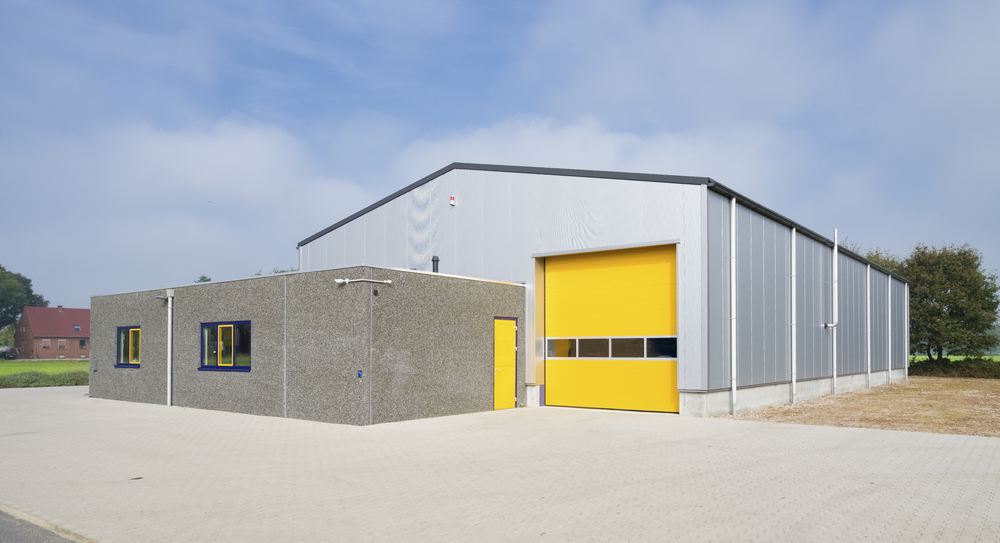
Long before Australian agriculture became one of the most important economic sectors, it was the farmhouses in Australia that served as a home as well as the basis for everyday duties and tasks. Because a farm is a family home as well as a professional environment for the farmer, and of course has been for countless generations.
But many influences have changed the image and importance of warehouses over the centuries. Where the farm was not infrequently a self-contained area in which people lived, produced and worked in equal measure, the modern image of the warehouses has become much more complicated. Modern influences such as tourism or use as a rest yard have gradually changed the perception of the farm warehouse builders of Australia in the past decades.
Most warehouses are equipped with shelves. Shelves offer the advantage of stowing goods and within easy reach. A wide variety of products can be stored together in the same storage room, and finding individual parts is easy – provided that they are correctly organised. Depending on the task, different shelving systems made by the farm warehouse builders are in use, the combination of these systems and a flexible structure is quite easy.
The shelf types in detail

Cassettes or honeycomb shelf
These shelves are mostly used to store long items (e.g. threaded rods, pipes, etc.). The loading or unloading takes place from one of the front sides; the inventory can be checked at a glance. The materials used are relatively straightforward, such as wood, plastic or metal. The integration into a space system and the location of goods are easy. A simple example is the bottle shelf.
Assortment or drawer shelf
This Is a unique form of the shelf – it is stored in fixed, mostly transparent pull-out compartments that are equipped with the individual parts. Farm warehouse builders consider this mainly suitable for small pieces and small quantities, easy to see and numbered. These are primarily inflexible when changing quantities or changing assortments. Example: Assortment box from the hardware store

Pallet rack or heavy-duty rack
Similar to the shelving system, the floor was omitted. Instead, the pallets are placed on cross struts between the supports. Structural stability ensures a high weight capacity. Several pallets can be stacked independently on one another and are easily accessible.
Advantage: relatively low investment costs, ample space and proper space utilisation, good overview.
Disadvantage: inflexible when changing dimensions or increased space requirements, can only be expanded by farm warehouse builders flexibly to a limited extent, the use of an industrial truck is mandatory.
Carousel
This type of shelf can be found, for example, in the textile industry, where finished clothing or fabric samples are hung in a conveyor system that, like a conveyor belt, brings these goods to the man. In this way, many items of clothing can be stowed away in a small space and removed quickly. Here, too, automation and ergonomic workplace design are not a problem.
The disadvantages are high investment costs and maintenance requirements.

Flow rack
Pallets or boxes are loaded on the back of the shelf and removed from the front. Rollers or rollers automatically transport the goods with a slight slope – the next unit slips when removed.
The advantage is that the FIFO (First in First out) principle adheres to the design.
The disadvantages are the costs and the relatively small use of space with fluctuating
CONCLUSION
Goods are stored in a variety of ways on a farm. Depending on the shape and quantity of the stored products, the turnover rate and the shelf life of the stored products and the value, there are different solutions for storing the individual goods in a farm warehouse. All you need is a team of compliant farm warehouse builders to build you the best warehouse.





